Historic Preservation
The Alder Gulch area in Montana has a rich history that is worth preserving. The Historic Preservation Team of the Montana Heritage Commission faces challenges within the building environment of every imaginable kind. It is sometimes difficult to obtain building materials of the same era for repairs and restoration. Some of the period correct techniques do not lend themselves to long lasting preservation. When approaching structures of stone, brick, log or wood frame, the small group of dedicated professionals resolve complex scenarios with conscientious tradesmanship and constantly seek to expand their knowledge of traditional craftsmanship. The main location of the Montana Heritage Commission is a building known as Content's Corner. Careful consideration was taken when remodeling it for office space to preserve its historic value. Many details from the original construction were highlighted such as small cut-out views in the wall to show the original wall paper.
For information on preservation efforts or to receive a hard copy of the current report, contact the Montana Heritage Commission at 406.843.5247. Consider a donation today to preserve Virginia City and Nevada City, Montana.
Samples of Historic Preservation and Restoration Projects
Below are some of the projects completed. It is exciting to see these historic treasures preserved.
Contents Corner
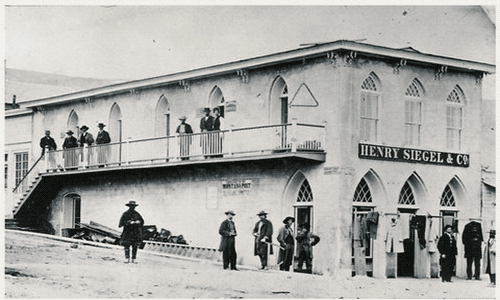
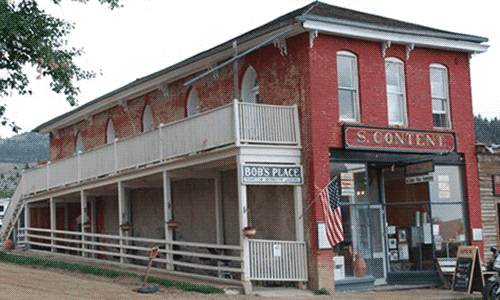
The 19th century communities of Virginia City and Nevada City provide a living laboratory for preservation. There is a wealth of historic fabric in Alder Gulch. The team explores issues of suspending material deterioration, eliminating moisture, and restoring the original appearance of buildings and features lost to time. Additionally, building materials are studied, researched, and explored for conservation treatments, and cutting-edge techniques are employed on their behalf.
Governor Meagher's Cabin
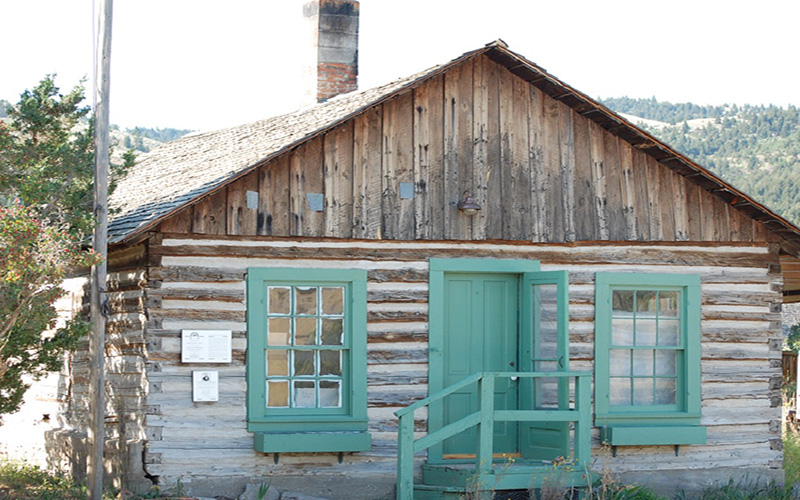
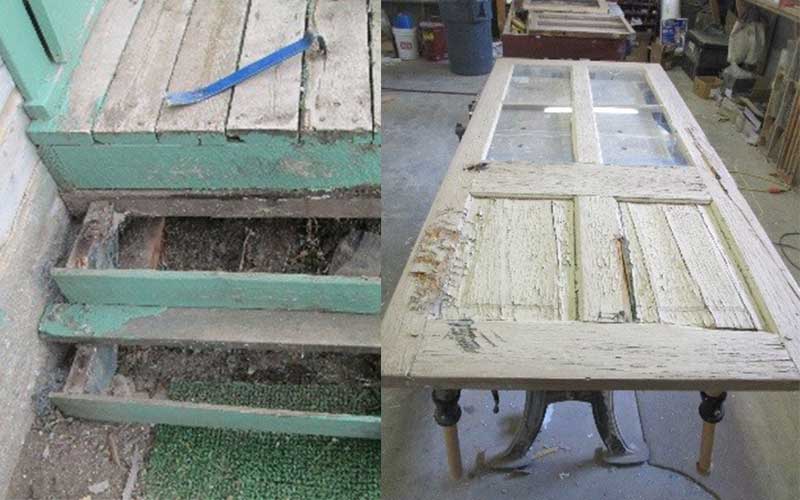
In 2017/2018 the Preservation Crew began working on the historic Thomas Francis Meagher Cabin located on Idaho St and the Mary Harding House located on Jackson St in Virginia City. These cabins received new sheetrock, paint, lightning, appliances, repaired doors, windows and flooring. Once the crew finished, the homes were furnished and are now offered as unique vacation rentals in historic Virginia City between Memorial Day weekend and end of September.
General Thomas Francis Meagher, political activist in his native Ireland and American Civil War hero, stepped into a political maelstrom when he came to Montana in September 1865. As the first territorial secretary appointed by President Andrew Johnson, Meagher soon became acting governor and lived here on Idaho Street during his tenure in the territorial capital. He was a brilliant orator and a dashing, controversial figure amongst stormy partisan loyalties. Meagher’s career ended abruptly when he mysteriously disappeared from the deck of a steamship at Fort Benton on July 1, 1867. His widow searched the river’s edges in vain for his body, but his fate remains unknown. With her husband’s whereabouts unresolved, Mrs. Meagher purchased their Virginia City home and returned East. The landmark dwelling burned circa 1905. Charles Bovey reconstructed the residence of square-hewn logs on its original site in 1945. The Helena Ancient Order of Hibernians, Thomas Francis Meagher Division, adopted and will maintain this important residence.
Harding House
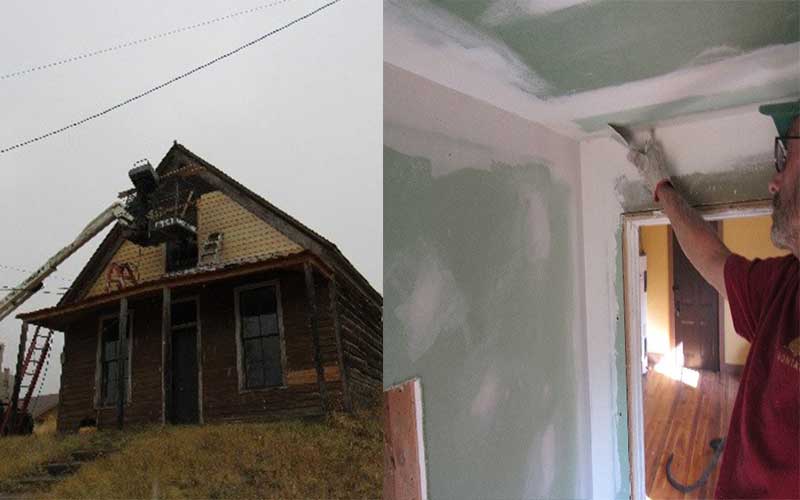
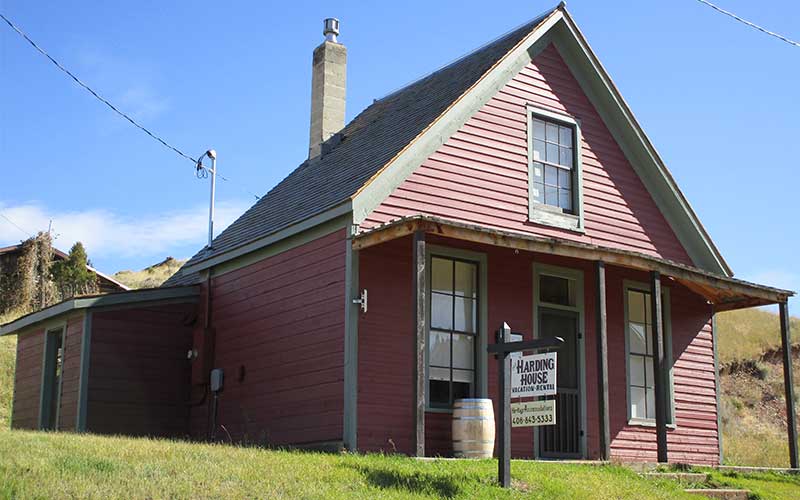
Square hewn log walls of the Mary Harding house combined with drop siding recall the important transition from a gold camp to a settled town and the accompanying desire for attractive, less rustic, permanent housing. The interior of this mid-1870s two-story residence survives with its original floorplan and finishing intact. The steep pitch of the roof earned the house the nickname “Lightning Splitter.” David Keneally, a devout Irish Catholic, built the residence as a rental while the Catholic complex across the street—church, hospital, and sisters’ convent—grew to serve the community. The home’s construction date suggests that Father Frank Kelleher, the parish priest in residence at Virginia City until 1883, may have been Keneally’s first tenant. In 1894, Irish-born widow Mary Harding bought the property from Keneally; he was her husband’s uncle and estate executor. Mary kept house here until her death in 1928. Subsequent owners/landlords included Henry W. Buford, the McGovern sisters, and Charles Bovey. The home’s respectable owners throughout its history cast doubt on rumors that the house functioned as a brothel. Lightning Splitter, included in the Bovey holdings, is now under state ownership.
Grace Methodist Episcopal Church
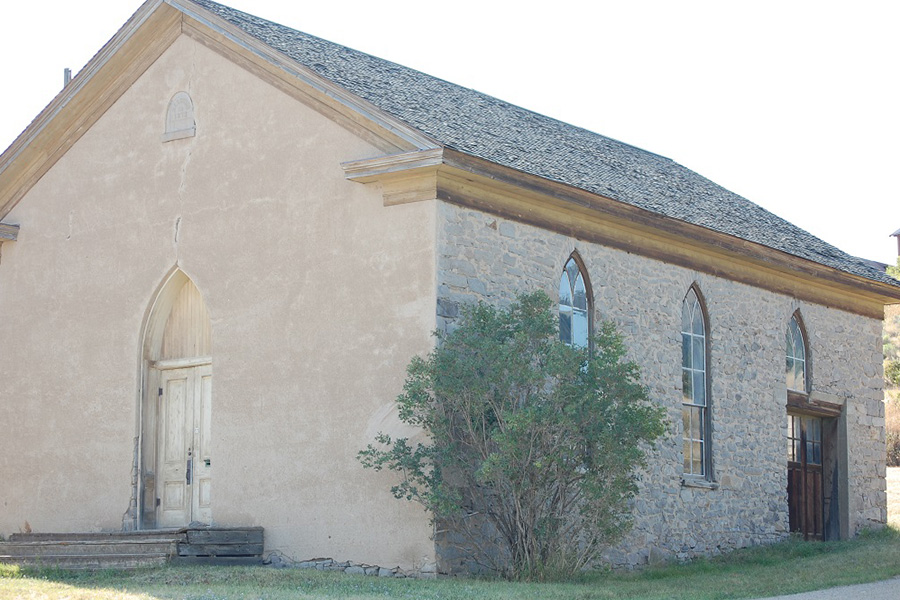
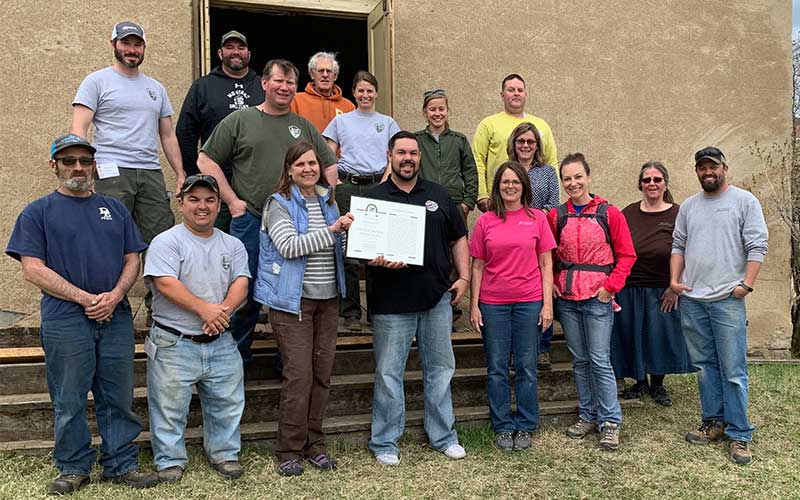
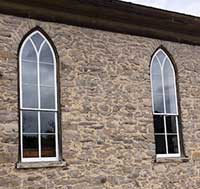
Virginia City witnessed Montana’s first Methodist services in 1864. By 1874, however, too many residents had succumbed to “depraved and wicked conditions.” Well-known itinerant ministers Revs. W. W. Van Orsdel and T. C. Iliff, then resident pastors at Virginia City, successfully held a revival to inspire the congregation. On May 4, 1875, a large and reverent crowd gathered to witness the laying of the cornerstone of the Grace Methodist Episcopal Church. Territorial Governor Benjamin Potts and Judge Henry Blake delivered addresses.
Construction under D. C. Farwell proceeded rapidly. The church was, however, unfinished on August 28 when the first service was held there: the well-attended funeral of Alder Gulch discoverer William Fairweather. The finished church, dedicated on November 14, had a debt of $1,013. The guest speaker, Rev. Clark Wright of Helena, stood before the congregation, made an eloquent plea, and the debt was paid before the service ended. The building, its rubblestone walls covered in stucco, functioned as a church until 1900. A Gothic-arched entry, Gothic windows—two with original tracery—and a nameplate, which reads “M.E. Church 1875,” recall the building’s origins.
In 2019, the Montana Heritage Commission received a Federal match from the Save America's Treasures grant. This money will go towards replacing the roof and windows, refurbishing the doors, installing new flooring, repairing the structure of the building and upgrading the plumbing and power. When the Methodist Church is restored, it will be utilized again for weddings and social gatherings. In May of 2019, the Montana Preservation Alliance brought a group of volunteers up to Virginia City to complete a training session where they learned how to preserve and restore the windows. The group completed half of the windows and are scheduled to come back summer 2020 to complete the rest.
Sarah Bickford House
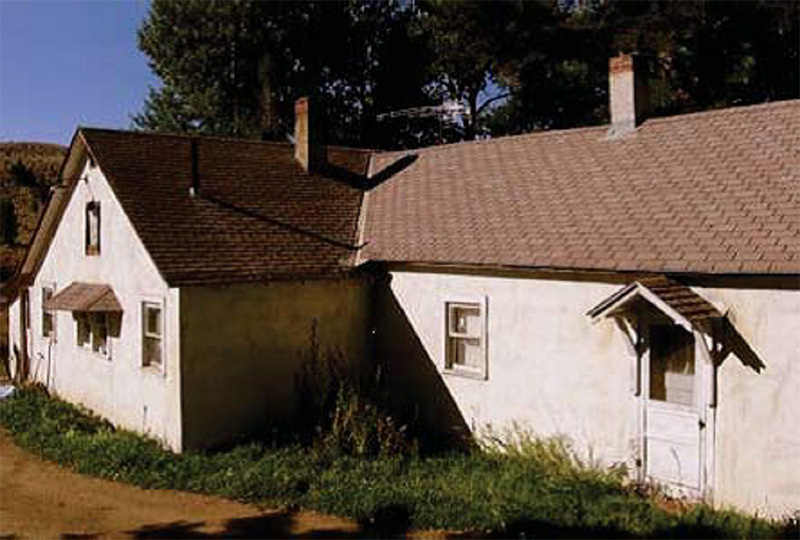 Sarah Blair arrived in Virginia City during the gold rush with Judge John J. Murphy to help care for his children, when he was appointed to a judicial post in Virginia City, Montana Territory. She married Stephen Bickford in 1883. In 1888, she and Stephen acquired a portion of the water system that supplied Virginia City with drinking water. Sarah Bickford is recognized as being one of the first African American women to be a business owner in the Montana Territory and she was inducted in the Montana Historical Society Hall of Fame in 2013. After renovations are completed the house will be a vacation rental as well as interpretive center.
Sarah Blair arrived in Virginia City during the gold rush with Judge John J. Murphy to help care for his children, when he was appointed to a judicial post in Virginia City, Montana Territory. She married Stephen Bickford in 1883. In 1888, she and Stephen acquired a portion of the water system that supplied Virginia City with drinking water. Sarah Bickford is recognized as being one of the first African American women to be a business owner in the Montana Territory and she was inducted in the Montana Historical Society Hall of Fame in 2013. After renovations are completed the house will be a vacation rental as well as interpretive center.

